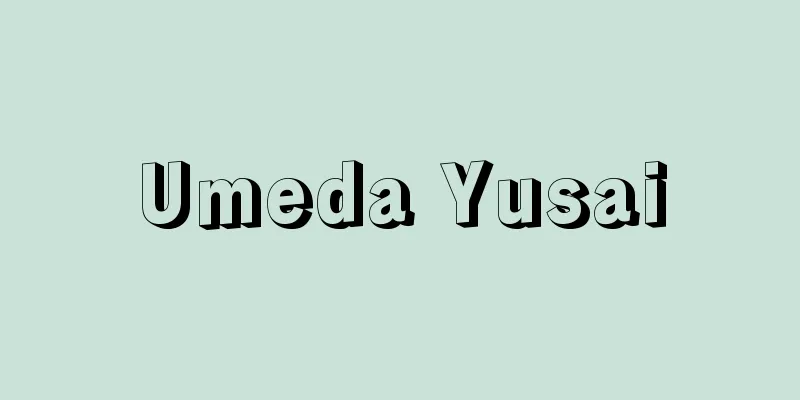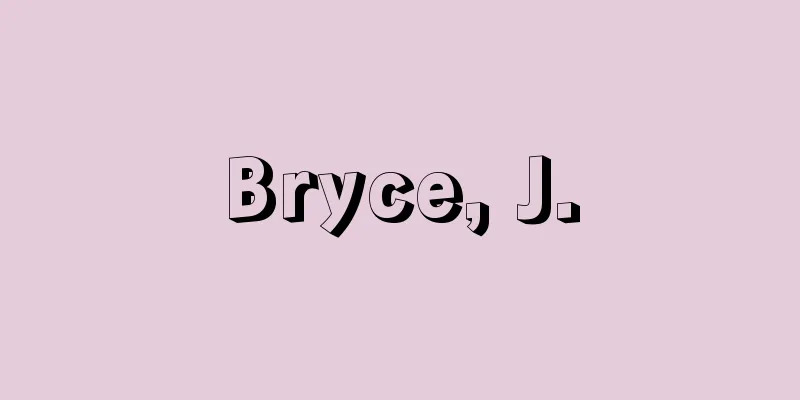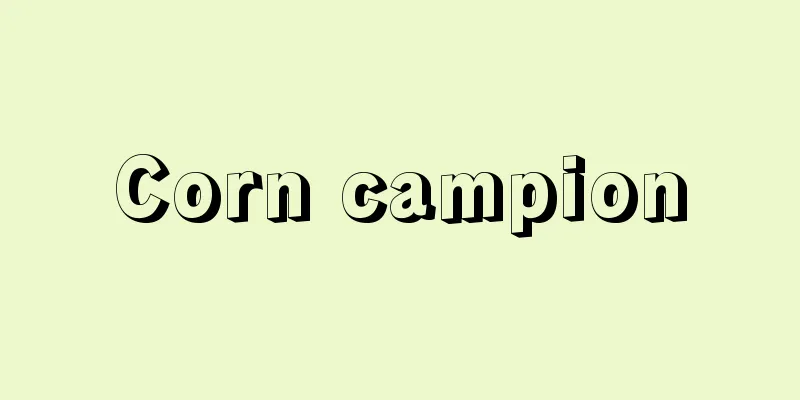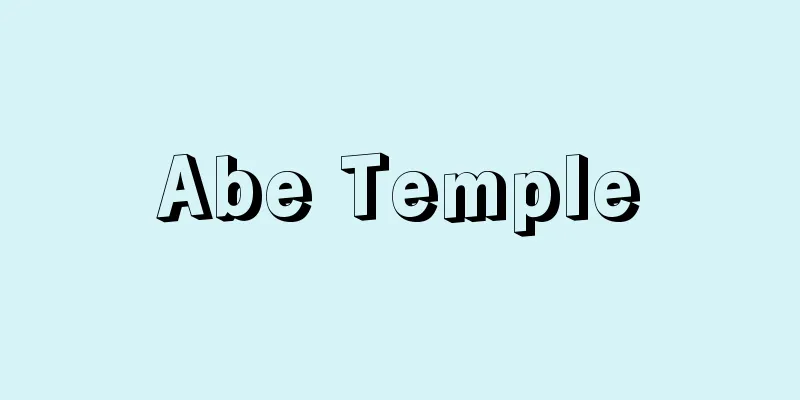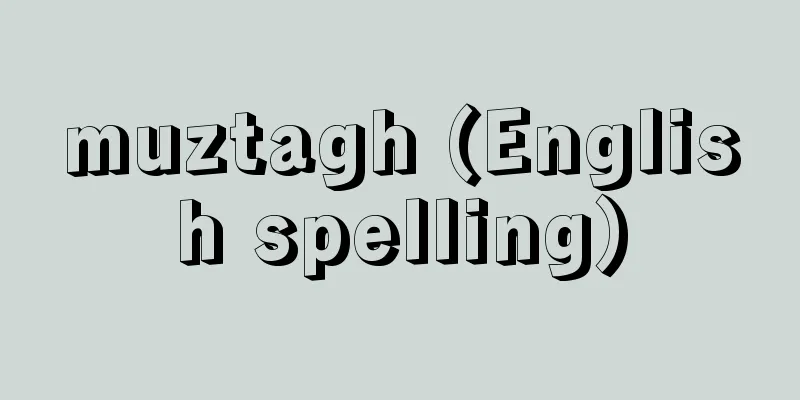Stalin's Constitution - Stalin's Constitution

|
The common name for the Constitution of the Soviet Union. In response to the establishment of the foundations of socialism, it was enacted in 1936 to replace the first constitution of 1924 after the founding of the Soviet Union. It is called this name because it was enacted under the direct guidance of Stalin. Based on the dictatorship of the proletariat, all power was vested in the Soviets of Workers' Representatives, private ownership of the means of production was abolished, and it was based on the socialist principle of "from each according to his ability, to each according to his labor." It guaranteed civil liberties under the condition that "in accordance with the interests of the workers," and centralized the authority of state institutions at each level. Each constituent republic had a similar constitution. It was partially revised after Stalin's death. In 1977, the so-called Brezhnev Constitution was adopted. Due to a series of reforms under the Gorbachev administration, it was revised in December 1988 and March 1990. The 1990 revision in particular was large-scale, with the introduction of a presidential system and a multi-party system. Further amendments were made thereafter, but after September 1991, fundamental changes to the Soviet Union's system itself took place, and the Soviet Constitution became invalid with the adoption of the New Union Treaty. → Related ArticlesConstitution|Soviet Union Source : Heibonsha Encyclopedia About MyPedia Information |
|
ソビエト連邦憲法の通称。社会主義の基礎の確立に対応して,ソ連邦成立後最初の1924年憲法に代わり1936年制定。スターリンの直接指導によって制定されたので,この名で呼ばれる。プロレタリアート独裁に基づき全権力を勤労者代表ソビエトに帰属させ,生産手段の私有を廃し,〈各人からはその能力に応じて,各人にはその労働に応じて〉という社会主義原則に立つ。〈勤労者の利益に従って〉という条件の下に市民的自由を保障し,各級国家機関の権限を中央集権的に規定。各構成共和国は同様の憲法をもっていた。スターリン死後,一部改正。1977年いわゆるブレジネフ憲法が採択された。ゴルバチョフ政権の下での一連の改革により,1988年12月と1990年3月に改正。とくに1990年の改正は,大統領制・複数政党制の導入を伴う大規模なものであった。その後も改正が重ねられたが,1991年9月以降ソビエト連邦自体の抜本的体制変更が起こり,新連邦条約の採択によってソビエト連邦憲法は失効した。 →関連項目憲法|ソビエト連邦 出典 株式会社平凡社百科事典マイペディアについて 情報 |
>>: Battle of Stalingrad - Battle of Stalingrad
Recommend
Drachenloch
... The remains of hunting rituals are notable in...
Karukayainko (English spelling) grey-headed lovebird
A bird of the order Psittacidae in the class Aves...
Su Qin
A Chinese politician and lobbier during the Warri...
Hidden collection power of attorney endorsement - Hidden collection power of attorney endorsement
…The debtor can only assert the defenses he has a...
Landscape - FUKEI
〘noun〙① The state of nature as seen by the eye. A ...
Mountain beaver
It is a member of the Mammalia class, Rodentia or...
Kishu Nel - Kishu Nel
〘Noun〙 ("Ner" is an abbreviation of &quo...
Oral Argument - koutou benron
Generally speaking, it refers to a civil procedur...
Willem Bilderdijk
1756‐1831 Dutch poet and linguist. Born in Amsterd...
Orobanche minor (English spelling) Orobancheminor
… [Kei Yamazaki]. … *Some of the terminology that...
Cercopithecus mona pogonias (English spelling) Cercopithecusmonapogonias
…[Hironari Hayaki]. . … *Some of the terminology ...
Kinoshita Highway - Kinoshita Highway
…In the early modern period, Nakano Maki, one of ...
Tanga Kikuchi
1789-1853 A merchant in the late Edo period. Born...
booming
...In addition, sounds in a room interfere with e...
Griffon
A mythical animal. Also called griffin or Gryps (G...
